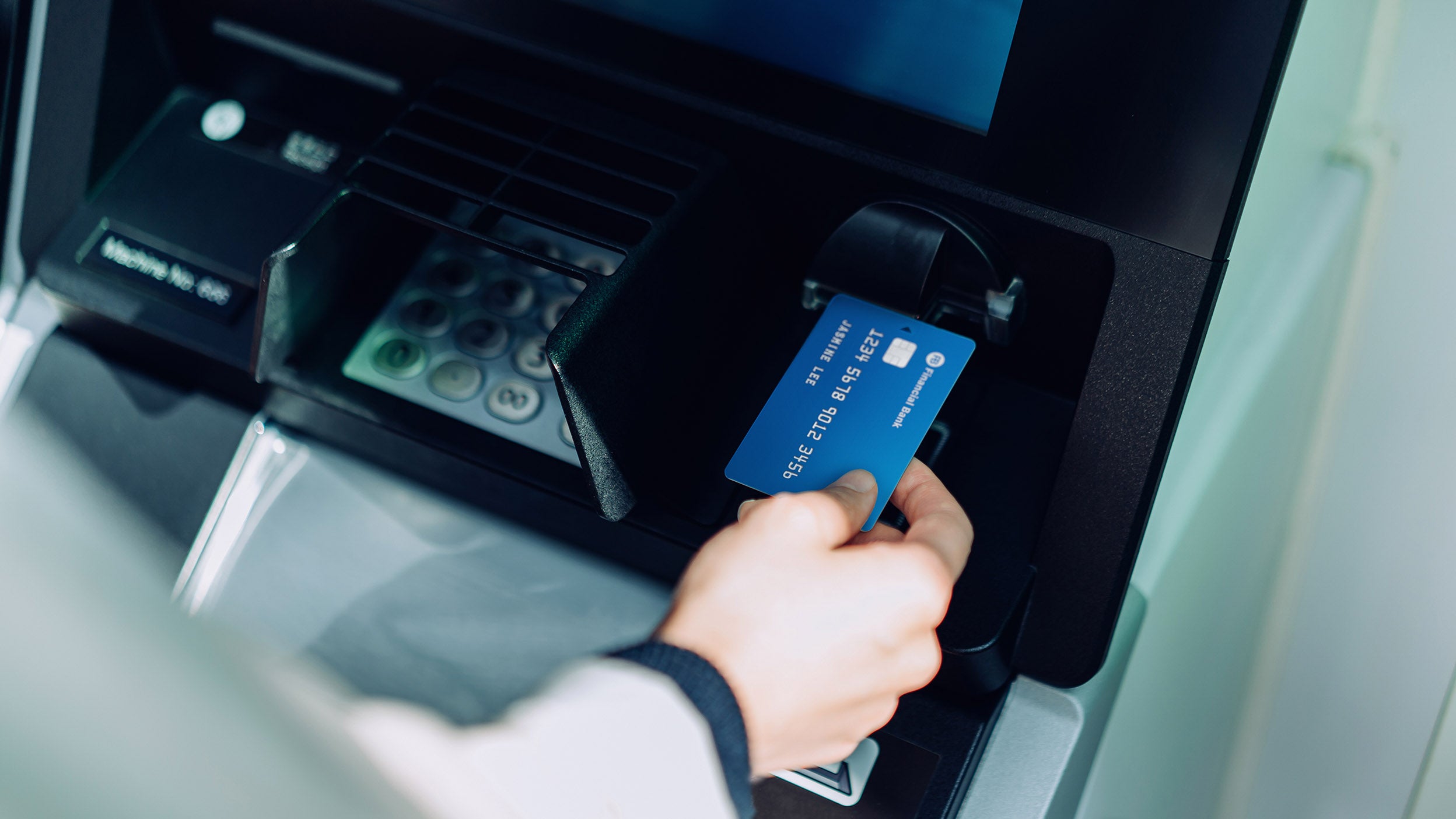
Markets and Economy Stock market corrections and what investors should know
While stock market volatility can be unsettling in times of uncertainty, remembering these things can help you weather the storm.

Longer-term government bonds, corporate bonds, and stocks have historically returned more than cash.
One of the risks of short-term investing is not being able to reinvest the money at the same rate.
While it may seem like a no-brainer to stash cash in money markets right now because of their relatively high interest rates and low risk, it may be time to lock in yields or go for long-term growth. Yes, there can be such a thing as too much cash. Choosing money markets over investments with more growth potential can impact long-term portfolio performance. Corporate bonds, core bonds, and stocks — and the funds that invest in them — may be better long-term options for some of this money, in my opinion. Here's why.
(For a deeper dive, see my chartbook Beyond money markets: Maximizing cash.)
Short-term cash-like investments have historically generated significantly lower return than longer-term government bonds, corporate bonds, and stocks, as the example below shows. Yes, cash-like investments may outperform Treasuries over short time periods, but using the same 30-year time period as the example below, Treasuries outperformed cash during 93% of the rolling monthly 10-year periods during the past 30 years.1
Sources: Bloomberg L.P., 3/31/24. Large-cap stocks are represented by the S&P 500 Index, including dividends. High yield bonds are represented by Bloomberg US Corporate High Yield Bond Index. Corporate bonds are represented by Bloomberg US Corporate Bond Index. Government bonds are represented by the Bloomberg US Treasury Index. Cash-like instruments are represented by the S&P US Treasury Index 0-1 Year Index. Inflation is represented by the Consumer Price Index. The chart features hypothetical examples, which are shown for illustrative purposes only, and do not predict or depict the performance of any investment. An investment cannot be made directly into an index. Past performance does not guarantee future results.
Reinvestment risk is among the biggest challenges of investing in short-term securities, such as money markets, because that money generally has to be reinvested every few months. At some point, interest rates will fall from today’s elevated levels, and the money market will have to reinvest in lower-yielding securities. Investors who like today’s yields may be better off locking them in for the longer term with bonds.
Let’s look at three instances when cash balances were high — following the 1991 and 2002 recessions, the 2008 Global Financial Crisis, and the 2009 European debt crisis — and calculate what $12,000 invested yearly in the stock market for 10 years would have been worth. Since there are many ways to put cash back to work, I considered four investing scenarios:
I compared each of these strategies with the returns an investor would have if they simply continued to hold cash (calculated using the Bloomberg 1- 3 Month US Treasury Index).
Sources: Bloomberg L.P., Invesco, 12/31/23. Assumes $12,000 invested yearly into a hypothetical S&P 500 Index portfolio. Cash return is based on return of $12,000 invested yearly in a hypothetical portfolio of 3-month Treasury bonds represented by the Bloomberg 1-3 Month US Treasury Index. Perfect timing (worst timing) assumes that you maximize (minimize) your return in the S&P 500 Index each year. Dollar cost averaging assumes a $1,000 per month investment in the S&P 500 Index yearly. For illustrative purposes only and not meant to depict or predict the performance of any strategies. Indexes cannot be purchased directly by investors. Past performance does not guarantee future results.
In each instance, investors would have been better off investing their money in stocks versus holding cash — regardless of how they did it. Investing a lump sum at the first of the year and dollar cost averaging were both sound strategies. While all investors would like perfect timing, even having the worst timing each year still outperformed cash.
Source: Bloomberg, L.P., 1994 through 2024. Cash-like instruments are represented by the S&P US Treasury Index 0-1 Year Index, which is designed to measure the performance of US Treasury bonds maturing in 0 to 1 years. Treasuries are represented by the Bloomberg US Treasury Index. Past performance does not guarantee future results.

While stock market volatility can be unsettling in times of uncertainty, remembering these things can help you weather the storm.

While the setup for markets was good coming into 2025, they’ve struggled as investors assess ongoing changes to the US policy approach.

The market is gauging the economic inefficiencies that may result from the Trump administration’s new tariffs and the retaliatory measures from other countries.


Get the latest information and insights from our portfolio managers, market strategists, and investment experts.
Important information
NA3646344
Photo credit: d3sign / Getty
All investing involves risk, including the risk of loss.
Past performance does not guarantee future results.
Investments cannot be made directly in an index.
In general, stock values fluctuate, sometimes widely, in response to activities specific to the company as well as general market, economic and political conditions.
Fixed-income investments are subject to credit risk of the issuer and the effects of changing interest rates. Interest rate risk refers to the risk that bond prices generally fall as interest rates rise and vice versa. An issuer may be unable to meet interest and/or principal payments, thereby causing its instruments to decrease in value and lowering the issuer’s credit rating.
Treasury securities are backed by the full faith and credit of the US government as to the timely payment of principal and interest.
The Bloomberg US Corporate High Yield Bond Index covers the universe of fixed-rate, non-investment grade debt.
The Bloomberg US Corporate Bond Index measures the investment grade, fixed-rate, and taxable corporate bond market. It includes USD-denominated securities publicly issued by US and non-US industrial, utility, and financial issuers.
The Bloomberg US Treasury Index is an unmanaged index of public obligations of the US Treasury with remaining maturities of one year or more.
The Bloomberg 1-3 Month US Treasury Index is an unmanaged index of public US Treasury obligations with remaining maturities of one to three months.
The Consumer Price Index (CPI) measures change in consumer prices as determined by the US Bureau of Labor Statistics.
The opinions referenced above are those of the author as of June 3, 2024. These comments should not be construed as recommendations, but as an illustration of broader themes.
Forward-looking statements are not guarantees of future results. They involve risks, uncertainties and assumptions; there can be no assurance that actual results will not differ materially from expectations.
This link takes you to a site not affiliated with Invesco. The site is for informational purposes only. Invesco does not guarantee nor take any responsibility for any of the content.